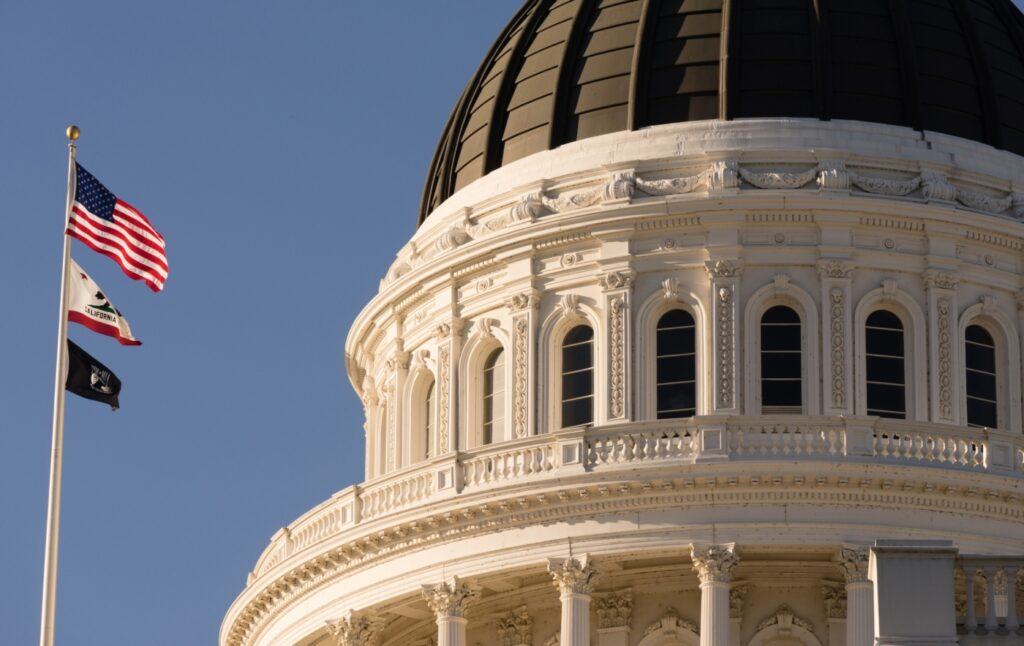
Does anyone in government ever admit they were wrong? Not counting any apologies they issue for the actions of people who were in government decades or centuries ago, can you think of even one time that a government official walked back something they had done personally?
Me, neither.
However, in the belief that nothing is impossible, let’s take a look at some things that need another look.
Last week the 13th annual “California Green Innovation Index” was released by a nonprofit group called Next 10, prepared by Beacon Economics. The researchers found all kinds of bad news.
California is suffering from “overdependence on natural gas,” according to the report, as well as a “slowing pace of renewables growth.” This, the study’s authors conclude, poses “major challenges for the state.”
But the challenge turns out to be related to meeting arbitrary climate targets set years ago by California lawmakers. Next 10 has been producing these annual reports since 2008 to measure the state’s progress toward complying with made-up numbers that came out of the state legislative process. They might as well be measuring compliance with a sausage recipe.
According to the new report, “total greenhouse gas emissions dropped 1.6 percent between 2018 and 2019—the second largest percentage decrease since 2010 — but far short of what is needed to comply with California’s mandate to cut emissions 40 percent below 1990 levels by 2030. California must now sustain a 4.3 percent annual decrease through 2030 — a reduction that is more than 2.5 times greater than was achieved in 2019.”
Ask yourself: How are we supposed to accomplish that? How much is it going to cost? Who’s going to pay for it? (That last question is rhetorical. We all know who’s going to pay for it.)
It’s easy to set a target. California has a target of 1.5 million zero-emission vehicles on the road by 2025. Gov. Gavin Newsom issued an executive order setting a target of 100% of car sales in California being zero-emission vehicles by 2035.
When California sets targets like this, the effect is stronger on the financial markets than on the climate. Some companies that deal in products and services connected to meeting the targets will do exceptionally well because of the government’s thumb on the scale. That’s great for their shareholders, but what does it do for the climate?
Nothing at all. The whole state of California accounts for only 1% of greenhouse gases worldwide. Fractional changes in greenhouse gas emissions from the Golden State have no effect on the global climate, and there’s not one politician in this state who can say otherwise. What they say is that California must show “leadership.”
We’ve been at this greenhouse-gas reduction game for 15 years, and nobody’s followed us yet.
Supporters of the climate targets treat them as if they were carved on tablets and directed by Cecil B. DeMille, but the targets can be changed. The timeline can be lengthened. The cost can be reconsidered in light of more than a decade of real-world data.
That could happen. Of course, it’s not happening.
“There’s a lot of work to be done,” the Beacon Economics team concluded. “To meet California’s goal of 50% renewable energy by 2026, the state’s share of electricity generation from renewables would need to increase by 2.8% annually.”
Here’s another another example of sausage becoming a commandment. Under California law, nuclear power and large hydroelectric projects are not counted as renewables, even though they are. They emit zero greenhouse gases. However, according to state lawmakers, the only power sources defined as “renewables” are solar, wind, and one trash-burning plant near Modesto.
Lawmakers could change the definition of renewables and get much closer to meeting the targets. Or they could change the targets.
Instead, there’s pressure for tax increases to fund more public subsidies of electric vehicles, along with ever higher electricity rates to pay for renewables and also for the electricity that must be generated to meet demand in the evening. Legislative targets may look bright and shiny when the sun is up, but when the sun goes down California teeters on the edge of becoming a third-world country. Maybe you’ve seen those ads urging the public not to use appliances or turn on heating and cooling systems between the hours of 4:00 p.m. and 9:00 p.m. There isn’t enough electricity generated by renewables, as defined, to meet the needs of the state of California. So every evening, the needs are met with gas-fired plants, nuclear power and imported electricity. California leads the nation in electricity imports.
Related Articles
State’s leaders must take the crime wave seriously
Implications of Fed policy for the country and for the Democratic Party
COVID taught parents to value school choice
Bandsplaining my way through the podcast pandemic
California shouldn’t follow Texas’ flawed lead on thwarting constitutional rights
The 13th annual California Green Innovation Index laments that the state’s progress is falling short of the pace needed to meet the targets. The report concludes that California must “reverse these trends, and quickly.” It speaks positively of costly policies such as the mandatory phase-out of the use of natural gas in buildings and public subsidies for the purchase of electric vehicles.
In a state that leads the nation in poverty when the cost of living is taken into account, we are chasing made-up targets with policies that raise the all-too-real cost of living. We can make life worse for millions of Californians by forcing even higher costs in order to reach compliance with the targets, but here’s a better idea.
Let’s appoint a blue-ribbon commission to investigate why there are erasers on pencils.
Write Susan Shelley at [email protected]
